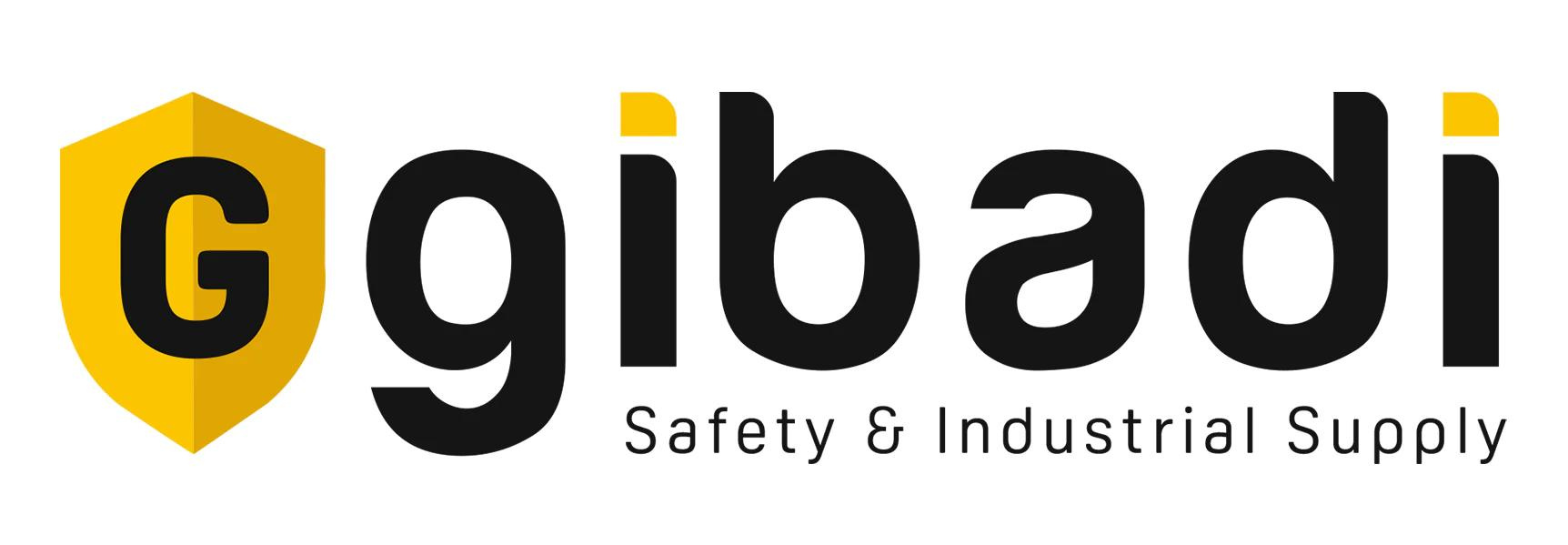Brady Thermal printers—also known as direct thermal printers or thermal label printers—were first invented in the mid-1960s by Nobel Prize-winning electrical engineer Jack Kilby. Kilby, who worked for Texas Instruments, Inc. at the time, and his colleagues aimed to develop a digital printing system that could quickly produce text and images at a low cost. In 1965, Kilby and two other engineers submitted their patent for the first thermal printer.
More than 60 years later, thermal printers still generally operate in the same way that Kilby’s initial model did. Instead of using liquid ink or toner to mark materials, thermal printers selectively apply heat to pieces of thermochronic paper. The heat instantly blackens select parts of the paper, leaving behind the desired code, text, or image.
Thermal printers complete this process with the aid of three internal elements:
- The platen, which is a rubber roller that feeds the thermochronic paper through the machine
- The thermal head, which applies heat to the thermochronic paper to create the desired marking
- The spring, which applies even pressure between the thermal head and thermochronic paper to keep markings clean and legible
With these components, thermal printers can rapidly produce product labels and receipts, and as a result, are highly beneficial to retail shops and shipping companies. However, they are not perfect for every application.
Here, we break down the most prominent thermal printer advantages and disadvantages to help you decide if this printing technology is right for your industrial requirements.
The Top Thermal Printer Advantages
In terms of build, Brady thermal printers are typically very compact. Consider the receipt printers that you see at the grocery store or gas station, for example; these thermal printer models generally weigh only a few pounds and can be easily transported when necessary. Even industrial thermal printers are much smaller than other printing technologies.
Along with their compact size, thermal printers are easy to use and maintain, as they are built with few moving parts that rarely break. Economical in price, thermochronic paper changes can be completed in a matter of seconds during operation.
In terms of print results, thermal printers excel at creating easy-to-read paper slips and labels at high speeds. Retailers, for example, prize thermal printers for their ability to print point of sale receipts and price tags with speed and consistency. A meat processing plant, as another example, uses thermal printers to apply labels when the space or application does not allow for a print and apply labeler.
Other industries that benefit from thermal printing’s speed and consistency include:
- General manufacturing, where thermal printers are used to create product labels.
- Healthcare, where thermal printers are used to create lab/pharmacy test results, patient wristbands, and general labels.
- Logistics and shipping, where thermal printers are used to create shipping/receiving labels, inventory lists, packing slips, and return labels.
General Thermal Printer Disadvantages
While thermal printers have many advantages, one of their major disadvantages is their restricted functionality. Although thermal printers excel at creating labels, receipts, and notices, they can only be used with thermochronic paper, while technologies like thermal inkjet printers and continuous inkjet printers can directly mark a wide range of materials. Further, thermal printers are unable to print with multiple colors.
Many manufacturers who do use thermal printers still prefer to label by hand instead of using print and apply technology. Thermal transfer overprinters are not used in junction with automation—it is more of a manual process.
In addition, the codes produced by thermal printers are simply not designed with longevity in mind.
While codes made with thermal transfer overprinters can last for years, thermally printed markings are highly susceptible to damage from:
- Light exposure.
- High heat.
- Excessive physical contact.
- Chemical exposure.
- Aging.
Finally, thermal printers have high consumable costs compared to other marking technologies. Thermochronic paper is not a low-cost substrate, and it also tends to expose thermal printheads to significant friction, which can lead to higher maintenance costs as well.
A Quick Comparison Table of Thermal Printer Advantages and Disadvantages
If you’re looking for a way to quickly create product labels, receipts, medical readouts, and vouchers, the thermal printer is a great choice to meet your needs. Thanks to their fast printing speeds, machine-scannable contrast levels, and simple internal construction, thermal printers are highly effective and easy to use. However, they do have some significant drawbacks.
Due to their restricted substrate compatibility, thermal printers are essentially relegated to label and receipt printing. The markings made by thermal printers are also not built to last, as they are highly susceptible to damage from light and physical touch. Moreover, thermochronic paper is expensive and exposes the print head to significant friction. This equals high consumable costs and frequent print head maintenance for the user.
For a more comprehensive look at thermal printer advantages and disadvantages, see our table below:
| Thermal Printer Advantages | Thermal Printer Disadvantages |
|---|---|
| - Compact build | - Only compatible with thermochronic paper |
| - Intuitive usage | - Limited applications |
| - Fast printing speeds | - Restricted color options |
| - Consistent code results | - Codes are not designed to last long-term |
| - Few moving parts | - High consumable costs |














